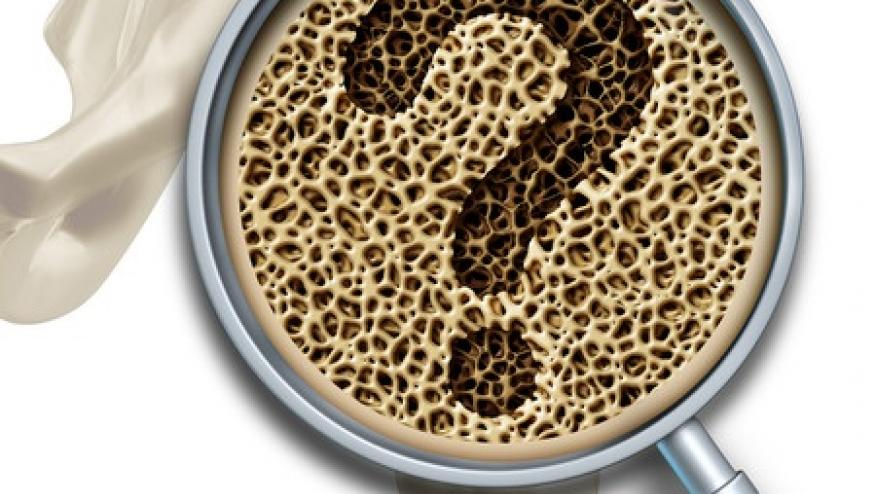More Studies Needed to Optimize the Use of Osteoporosis Drugs Save

The Annals of Internal Medicine reports a metanalysis done to examine the optimal length of long-term osteoporosis drug treatment (ODT) and whether harms are associated with long-term ODT and while the ODT benefits are clear, the risk of rare harms and need for drug holidays is less certain.
A total of 48 studies (35 trials and 13 observational studies) included with men or postmenopausal women aged 50 years or older treated for fracture prevention, with long-term ODT (>3 years) versus discontinuation of ODT; reporting on incident fractures or harms. Key findings included:
Reduction of Fracture Risk from Osteoporosis
- Alendronate: In women, 4 years of alendronate reduced clinical fractures (hazard ratio [HR], 0.64 [95% CI, 0.50 to 0.82]) and radiographic vertebral fractures
- Raloxifene: 4 years of raloxifene reduced vertebral but not nonvertebral fractures.
- Zolendronic acid: women with osteopenia or osteoporosis, 6 years of zoledronic acid reduced clinical fractures (HR, 0.73 [CI, 0.60 to 0.90]) (nonvertebral and clinical vertebral fractures).
Long-Term Bisphosphonates Risks
- 2 rare harms: atypical femoral fractures (AFF) and osteonecrosis of the jaw (ONJ).
- There was little data on these rare events from randomized controlled trials
- Reasonable evidence from 8 observational studies that the risks of AFF and ONJ are increased with bisphosphonates
- The risks for AFF, subtrochanteric and femoral shaft fractures may increase with longer use, but these adverse events were rare; making it impossible to establish an evidence based plan for drug holiday or discontinuation.
- Studies of raloxifene therapy suggest a 3-fold increased risk for deep venous thrombosis and pulmonary embolism but not all results were statistically significant.
- There were no trials who studied men and there were no trials comparing sequential treatments or different durations or efficacy of drug holidays.
Risk-Benefit Decisons
- For every 1000 women with osteoporosis treated with alendronate versus placebo for 4 years (or with osteopenia or osteoporosis treated with zoledronic acid versus placebo for 6 years), 50 to 70 more women will benefit by avoiding a but 2 will have a subtrochanteric or femoral shaft fractures (ST/FSF).
- For every 1000 women previously treated for osteopenia or osteoporosis with 3 to 5 years of alendronate or zoledronic acid who continue bisphosphonate treatment for another 3 to 5 years, compared with discontinuation, no additional women will avoid a nonvertebral fracture, approximately 30 more will avoid a vertebral fracture, and 1 additional woman will have an ST/FSF.
- Long-term alendronate and zoledronic acid therapies reduce fracture risk in women with osteoporosis. Long-term bisphosphonate treatment may increase risk for rare adverse events, and continuing treatment beyond 3 to 5 years may reduce risk for vertebral fractures.
This report suggests there is considerable need for new and better research. Especially research that includes men, the elderly and compares drug holidays to continuation. Moreover trials are needed that compare sequential treatments (such as anabolic followed by antiresorptive therapy or denosumab followed by bisphosphonate) with continuous long-term antiresorptive treatment.







If you are a health practitioner, you may Login/Register to comment.
Due to the nature of these comment forums, only health practitioners are allowed to comment at this time.